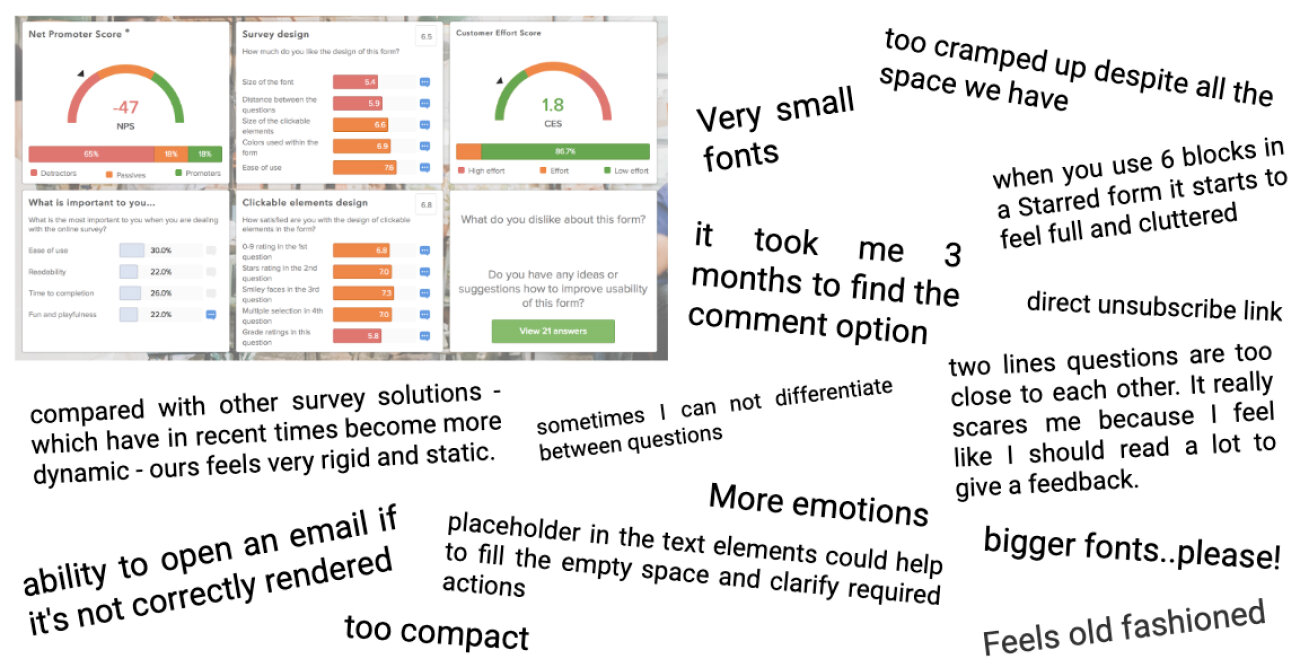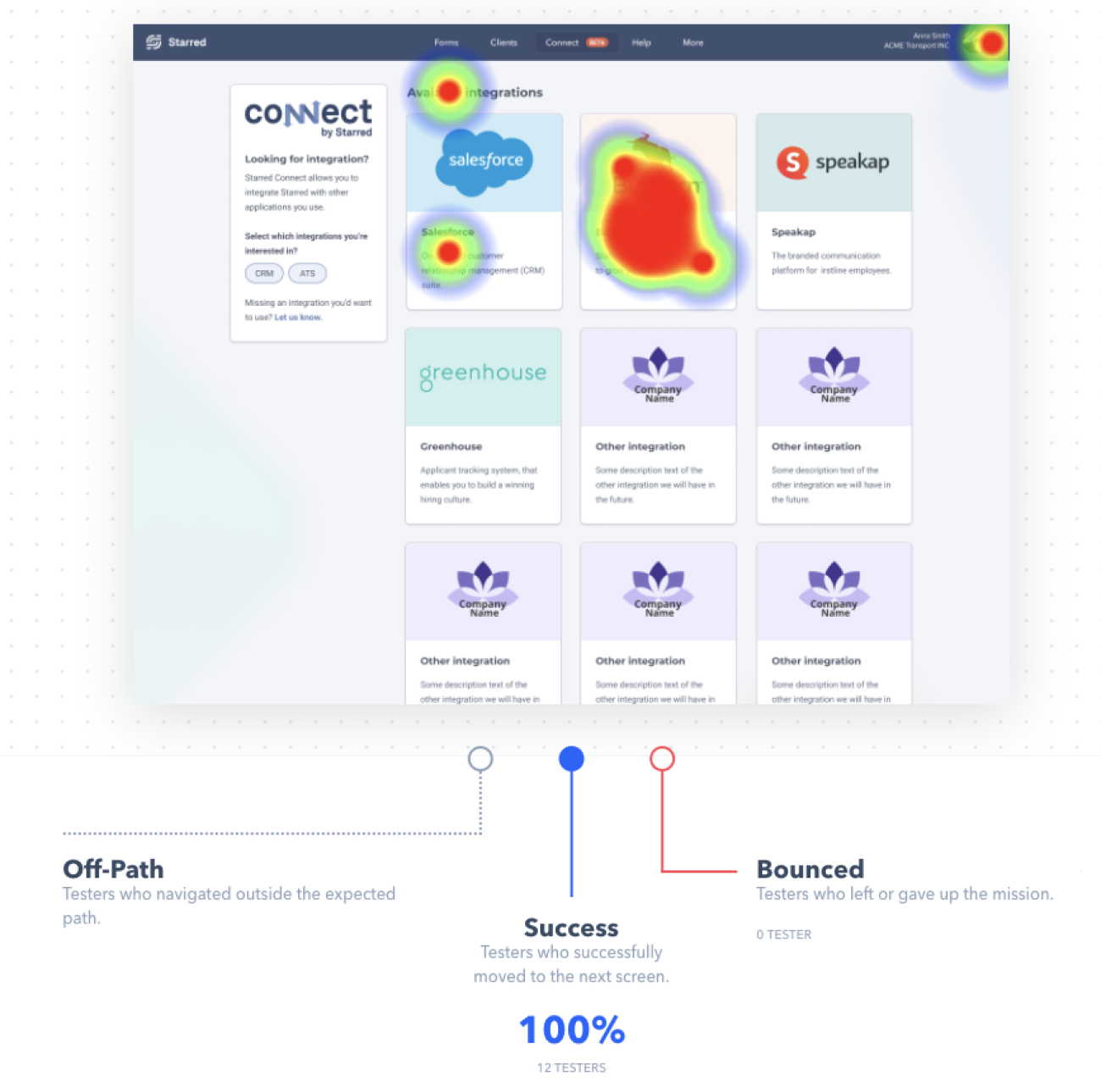Along with co-founding six mobile apps, I am a product designer with 14 years of design experience and a broad architectural background.
I combine the processes of those two specialties in a daily routine to create inspired and innovative products. I specialize in planning, conceptualizing, and designing clean, scalable, functional products, and experiences that leave a positive impact on people and solve business problems.
Snippets from my UX process
I like to combine being creative and analytical in my work. I strive for a holistic approach, focus on the big picture without losing sight of the little details.
It all starts with the drawings
The creative process is complex and hard to define, but when ideas are generated, the simplest way of communicating them is by drawing.
It’s good for developing ideas, making quick iterations and team collaboration.
I like to keep the project notebook with my sketches I can always refer to.
It’s very important to understand users motivations and behaviors. That’s why the research is always very handy. It can be done in many ways ie. heatmaps…
…surveys, interviews, qualitative research, cards sorting…
…or quantitative data.
I try to understand the goal and a real purpose of the project. Why something needs to be done, and why the solution we’re working on is the best way to achieve that.

























